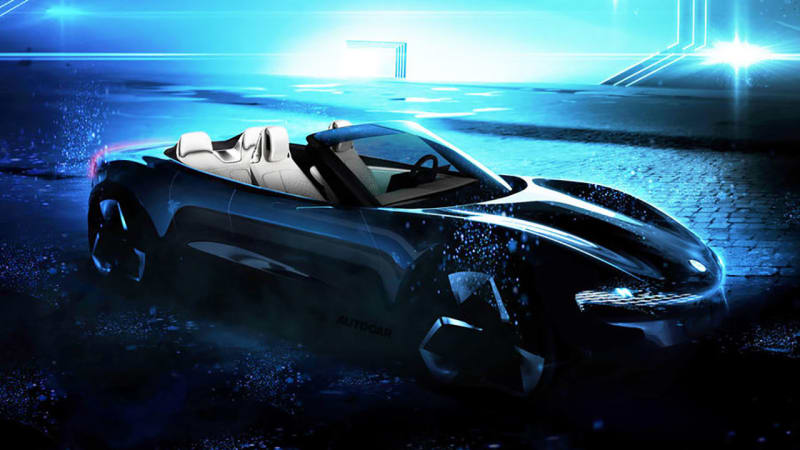When Fisker Automotive released an image of its planned Ronin battery-electric vehicle, the closed roof, Karma vibes and non-specific press release led everyone to believe it was a four-door sedan targeting an array of impressive specs. Turns out the Ronin is a four-seat convertible, making at least one of those specs even more impressive if Fisker hits it. Instead of the “over 550 miles of range” in the initial release, Henrik Fisker clarified that the Ronin’s shooting for 660 miles of range on the WLTP cycle. That would beat anything on sale today even after converting to EPA figures, but the Ronin isn’t due for its first deliveries until 2024. We also expect that mileage figure is a top-up number only; in view of all the turbulent air created behind a convertible’s windshield, top-down mileage may vary considerably.
Fisker’s quote that he wants the Ronin to have “the world’s longest range for a production EV, combined with extremely high levels of performance” and be “a showcase for our internal engineering, powertrain and software capabilities” still holds true. Last year, the company opened a development facility in the UK called Magic Works, run by David King, formerly in charge of special vehicles at Aston Martin. King’s team is working on making a cabriolet boulevardier that also evokes “a proper British sports car.” Special features will include “unique doors for better ingress and egress,” necessary because of the lack of a B-pillar. That quote from the automaker boss leads us to suspect the Ronin is the evolution of the Fisker EMotion (pictured above; yes, that’s how it’s spelled) luxury sedan the company took to CES in 2018. Chop the top off the EMotion, anchor the rear doors in the rear fenders instead of the C-pillar, and voila, a Ronin.
That’s all just a guess, though. What’s not a guess is that Magic Works is working on special features like a battery integrated into the vehicle structure, powering a three-motor drivetrain able to get the Ronin to 60 miles per hour in under three seconds. That sprint would take the same time Wiesmann predicts its two-door, two-seat Thunderball to hit the same mark. If it comes off as predicted, the technology showcase with the vegan interior would show other automakers what Fisker is capable of in the realm of “highly specialized materials and technologies designed especially for the eco-conscious automotive enthusiast,” and cost retail buyers something close to $200,000.
Before then, Fisker’s got a lot of homework. The Ocean SUV is slated to enter production in Austria in November, the $29,900 Pear urban EV is planned for production at Foxconn‘s Lordstown, Ohio plant next year. The Ronin would make the third member of the lineup, after which a fourth model is due in 2025, on the way to a goal of selling one million EVs by 2027 and selling one million cars per year by 2030.
Related video:
Source: www.autoblog.com

